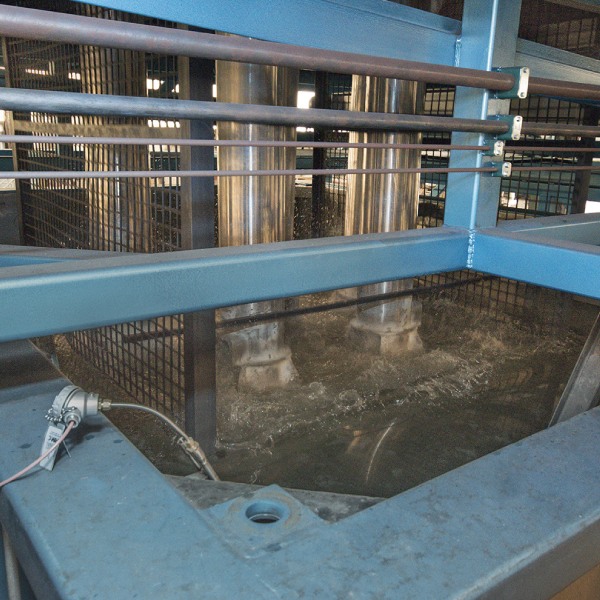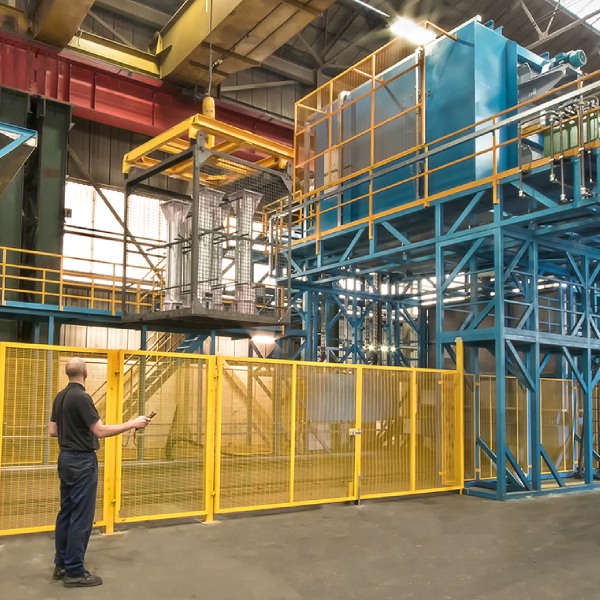Unveiling the Inner Workings of Solution Treatment Furnaces
In the realm of heat treatment, solution treatment furnaces stand as the backbone of precision engineering, playing a pivotal role in enhancing the mechanical properties of various alloys, particularly aluminium. At Alloy Heat Treatment (AHT), we pride ourselves on our expertise in this field, offering unrivalled solutions tailored to our clients’ needs. In this blog, we embark on a journey to demystify solution treatment furnaces, exploring their functionalities, types, and the critical role they play in our operations.
What Is a Solution Treatment Furnace?
A solution treatment furnace is a specialised industrial oven designed to subject alloys to precise heating and holding at temperatures near their melting points for a specified duration. This controlled thermal environment facilitates the solid-state dissolving of solute intermetallics into the solid solution matrix of the alloy. The result is the creation of a supersaturated structure, primed for subsequent heat treatment processes.
Understanding The Solution Treatment Process:
During solution heat treatment, the alloy undergoes a meticulous heating process within the furnace, allowing solute intermetallics to dissolve into the solid solution matrix. This dissolution occurs due to the elevated temperatures, which promote the diffusion of atoms within the alloy. Following this phase, the alloy is rapidly cooled, effectively entrapping the supersaturated structure and putting the material in an unstable state. This marks the onset of natural age hardening, where the alloy gradually gains strength and wear resistance over time.
Types of Solution Treatment Furnaces:
1. Vacuum Furnaces:
These furnaces provide a controlled environment devoid of atmospheric contaminants, making them ideal for heat treating sensitive alloys. By operating under vacuum conditions, oxidation and contamination risks are minimized, ensuring pristine results.
2. Gas Furnaces:
Gas furnaces utilise gas as the heating medium, offering a cost-effective solution for processing larger batches of metal. These furnaces provide versatility and efficiency in heat treatment operations, catering to a wide range of applications.
3. Drop Bottom Furnaces:
Drop bottom furnaces are essential for precise quenching processes, where timing is critical. These furnaces feature rapid transfer capabilities, ensuring optimal timing for quenching to prevent undesired precipitation and distortion.
AHT Solution Treatment Furnace Project Capabilities:
At AHT, we boast a formidable arsenal of 20 furnaces, with 16 dedicated to solution treatment processes. Our diverse range includes top-loading, front-loading, and rapid quench drop bottom furnaces, each meticulously engineered to meet the stringent requirements of aluminium heat treatment. Whether it’s sheet metal or large sand castings, ranging from a few grams to 2.5 tonnes, we have the capacity and volume to handle a wide variety of aluminium products.
Our Commitment to a Quality Solution Treatment Service:
Quality is the cornerstone of our operations at AHT. Our range of water and polymer quenchants enables precise control over distortion and residual stresses in all components, ensuring superior outcomes for our clients. With adherence to the most stringent national and international standards, we guarantee excellence in every project we undertake.
Click here for more information, or you can get your free quote today by contacting us via contact form, via email or via phone call, to speak to one of our friendly and knowledgeable team.









